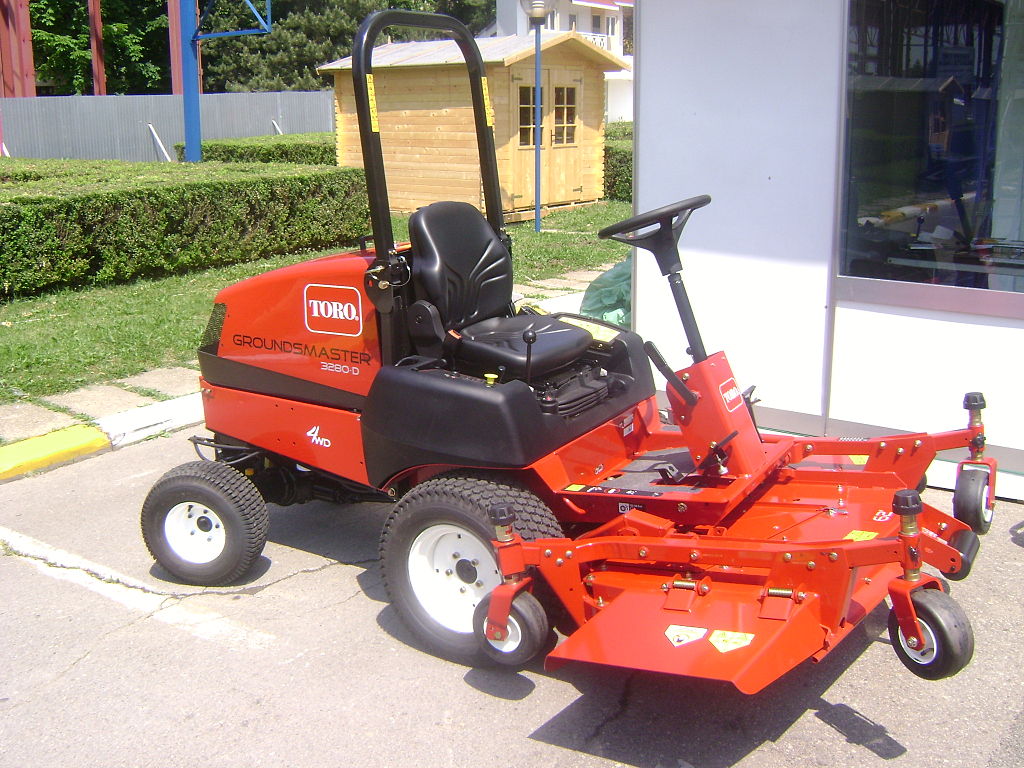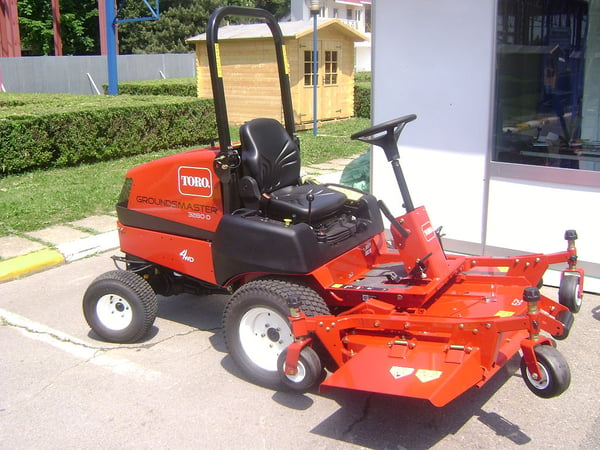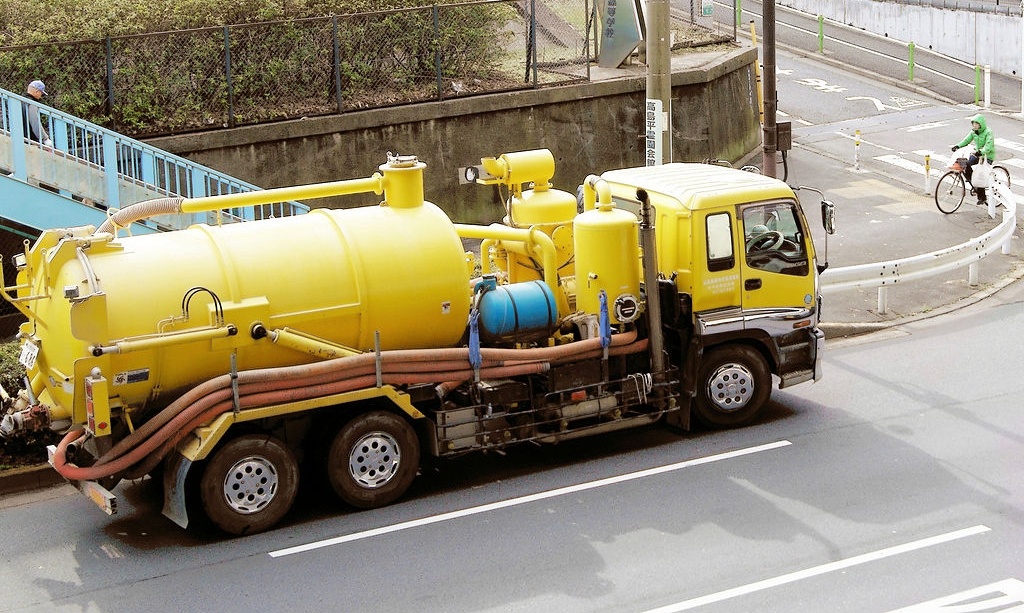“Depress brake before shifting out of park.” “Don’t lift the chute while mower is running.” The goal of these manufacturer safety warnings is to prevent an unintended, and often dangerous, action. Automotive manufacturers put safety devices in place to prevent sudden, and possibly uncontrollable, movement of their cars. Lawn mower manufacturers install deflection chutes to prevent objects from being hurled from mowers at great velocity. Often viewed as a nuisance, safety devices also appear to slow things down. So, sometimes they are removed or disabled.


Above: A riding lawnmower with safety features.
By Gabinho [CC BY 3.0 (https://creativecommons.org/licenses/by/3.0)], from Wikimedia Commons
One hazardous material recovery company requires its new drivers to ride “shotgun,” in the passenger seat, for six months. During this training period, they receive instruction on proper safety procedures and operation of the various trucks. Because a driver never knows which truck he will be taking to a job site, troubleshooting is a big part of the training, with the focus on how to clear a clogged line. Typically, switching the truck’s pump from vacuum to pressure will dislodge the clog. This is easy to do, but older trucks require manual operation of a special locking valve located near the top of the collection tank. Closure of this valve is necessary to prevent the collection tank from becoming pressurized.

Above: Truck with safety features.
By Kenji Sugiura (Flickr: Tank truck) [CC BY 2.0 (https://creativecommons.org/licenses/by/2.0)], via Wikimedia Commons
In preparation for his first solo run, a driver gave his rig a good inspection before leaving the terminal for a job at a refinery. Because of tales he’d heard from other drivers about these older rigs blowing up, he made a mental note that the valve handle on top was in the “closed” position.

This started out as a routine run to a refinery that was periodically inspecting valves by disassembling them. Occasionally oil or other products would spill out. The hazmat truck would suck anything up before it could hit the ground. The driver positioned his truck near the first valve, and then went about getting the truck ready. The vacuum pump was engaged, but nothing happened. Reviewing the possibilities, he decided a hose was clogged. Remembering the valve on top of the tank being in the “closed” position before he left, the pump should have been set for pressure. Nothing happened! With the pump running, he climbed onto the tank to investigate. Once at the top, he saw the valve in the “open” position. Panicked, he knew he had to get to the pump quickly and shut it down before something bad happened. He didn’t make it. The tank exploded and sent him flying. He received multiple lacerations, contusions, and a sprained back, which cost him several months of work. He was lucky his injuries were not more serious.
The reason behind this unfortunate event was that the locking mechanism on the valve handle had been modified so that it no longer locked in place. Drivers did this because of the location of the valve, the awkwardness of the lock and the frequency of use. As a result, during the drive from the terminal to the refinery, vibration caused the valve handle to change position.
Safety devices, such as the locking handle on the valve, are there for a reason. Let’s “Keep It Safe” by making sure all safety devices and mechanisms are in place and functional. Tampering with or removing these devices is extremely dangerous and often an OSHA violation. Doing so can be more of a pain in the back than it’s worth.
Call 877-963-4966 or email  to speak to a product specialist about your specific application.
to speak to a product specialist about your specific application.
